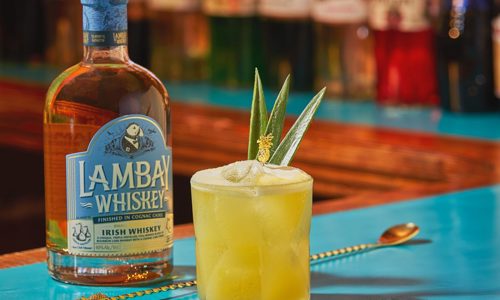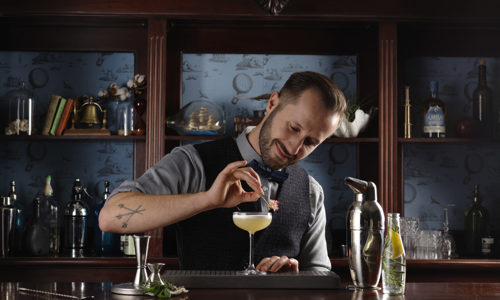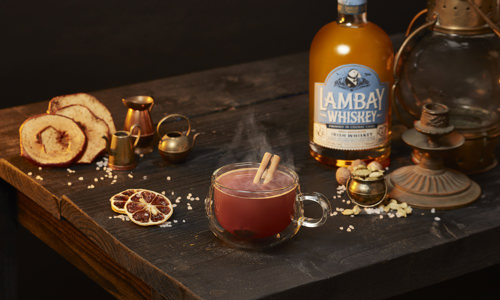Storing your Whiskey
If you enjoy a Taoscan (taoscán /Tash ~ Cawn/, audio aid ) every now and then, you may find yourself with a growing collection of whiskeys. Perhaps you keep them on a shelf, maybe they have a room of their own or they could just be scattered through the house hiding in various places. Of course, the question that comes to mind here is: How should I store it? Preserving your whiskeys so they keep through the years is vital so you can enjoy them with friends so we’ve built a list on how to best store your whiskey and keep your whiskey healthy.
Where to put it.
The first thing we need to do is find a place to keep your whiskey. You want somewhere out of direct sunlight, ideally dark. A cupboard would do the trick, a drinks cabinet away from the windows or, if you’re lucky enough, a basement. The need for no sun on the bottles is twofold: for aesthetic and taste purposes. Firstly, the sunlight will damage labels over the years and, secondly (and more importantly), that sunlight falling on the bottle will hit it with UV rays, gradually damaging the whiskey and altering the taste. It can also heat up the liquid and cause an increase in evaporation.
Temperature.
Temperature is an important factor to consider when storing whiskey. It should ideally, like Goldilocks and the three bears, be neither too hot nor cold, with a steady temperature of between 15-20°C – so anywhere with a radiator or air conditioner is out. It is necessary to keep a constant temperature to ensure that we don’t see an increase in evaporation during high temperatures, nor do we see cloudy whiskey due to low temperatures (note, the clouding is not a fault in the whiskey, it simply occurs in certain unfiltered whiskeys when the oils and fats leftover from the distillation and maturation bind together in cold temperatures, resulting in that clouding). Now we can finally move our whiskey in.
Positioning.
Unlike wine which we store on its side, whiskey should be stored vertically. We store wine on its side or at a slight angle to allow it to breathe and mature while keeping the cork moist. However, whiskey only matures in wood. Keeping whiskey on its side would not mature it at all as glass is inert. When whiskey is on its side, it can dissolve the glue holding the cork and stopper together or even the cork itself, causing it to disintegrate into the whiskey. At best, this can lead to leakage of the whiskey from the bottle and, at worst, it can cause the glue and cork mixture to seep into your whiskey souring the liquid. Should your bottle be open as well, storing it on its side risks leakage and we’d rather your whiskey in your glass than on your floor! Store your bottles upright to keep the liquid safe, tipping them once every month or two to wet the cork and avoid them drying out. While this can take some time, you never want to attempt to open that special bottle you’ve kept for years only to have the cork break.
Once Open.
So, your bottle has been sealed and safe for years. Today, you are finally cracking into it. It still tastes amazing and you decide to seal it up. The problem, now that you’ve cracked the seal, is that oxidation will occur. While whiskey oxidises much slower than wine does, it does slowly oxidise over the years. That oxidation will gradually sap flavour from the whiskey. When whiskey is first bottled and that bottle sealed, there’s not much space for oxygen to move. The more you drink, however, the larger space there is in the bottle for oxygen and the faster your whiskey will oxidise. As a rule of thumb, if you have more than three-quarters of your bottle full it will keep well for some time. If you have less than that, you will see a loss of flavour within a year.
You always have the option of decanting your bottle but it’s important to note two things: if you move to a decanter, you should ideally move it to a decanter smaller than the initial bottle. Secondly, while decanters look amazing, the seals on decanters tend to be looser than those of the initial bottle. Therefore, it may be better to keep your whiskey in the bottle.
For the whiskey lover and learner alike, the above should be adequate guidelines to keep your whiskey safe and sound – though the best thing to do in all cases is drinking it!
Slainte!
Now that you know how to store your whiskey why not read on and learn how best to drink your whiskey.





